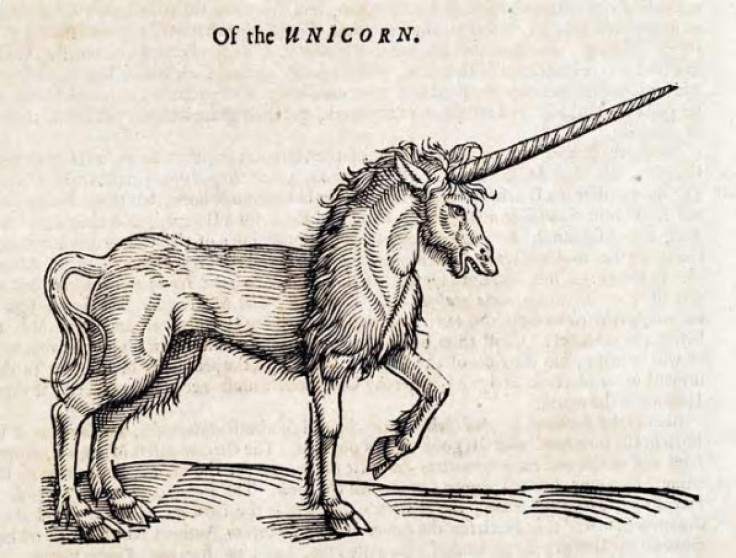How believing in fairies and unicorns could help to save endangered species
Believing in mythical creatures could be the best thing you ever did to save rare animals.

Understanding people's beliefs in magical beasts could help protect the threatened animals they're said to live alongside, scientists have said.
Belief in mystical creatures is alive and well in modern life. In 2015, hundreds of thousands of people flocked to try to catch a glimpse of the Loch Ness Monster in Scotland. In 2013, outcry against disrupting elves', or Huldufólk, habitat blocked the development of a new motorway in Iceland.

Such folklore is by no means confined to Europe, or to animals not recognised by science. In Madagascar there are countless mythical beliefs surrounding creatures from snakes to tortoises, to the tiny furry aye-aye. In Tanzania, snakes are both worshipped and reviled, depending on the particular context.
These beliefs have a profound impact on how people treat the natural environment where the magical animals are said to live. When a mythical creature is prized and revered, it can act as an 'umbrella species' to help protect the more mundane creatures that inhabit the same place.
"Iceland's elves and the Loch Ness Monster are good examples of this. They are the famous mythical, magical animals that people are coming to see," study author Caroline Ward of the University of Leeds told IBTimes UK.
"If people want to see that habitat undisturbed, then it's helping to conserve that landscape for whatever else might live there too."
But magical beasts aren't always good news for their more mundane companions. Sometimes a hatred or fear of animals, such as snakes believed to be able to turn into spears and fall from trees in Madagascar, can encourage people to kill wildlife in an effort to protect their homes and families.
Conservationists need to take these magical creatures more seriously if they want to understand how best to save rare landscapes, plants and animals from extinction, Ward and her colleague George Holmes argue. Scientists have been slow to realise this, because conservation has historically been focused rather narrowly on populations and the ecology of species.
"As we've moved forwards we've realised that the threats to these species are actually all coming from humans," Ward said. "In order to conserve species, we need to understand better what's going on with people and their beliefs."
Considering how a sacred site might affect conservation has been easier thank thinking about sacred or magical animals because of easy parallels with more familiar concepts. It's not a huge leap to go from thinking about a national park to a sacred and protected area. But creatures like unicorns, fairies and elves are harder to fit into a traditional conservationist's mindset.

But conservationists should be careful about trying to use these beliefs in their work, Ward said, as these beliefs are often dynamic and changeable.
"It's not about using beliefs, but making sure we understand and that we have considered these things, rather than just relying on biological information. These beliefs can have both positive and negative impacts on conservation," Ward concluded.
"We need to fully understand how the belief systems fit in with what we know about the species in a given area."

© Copyright IBTimes 2024. All rights reserved.






